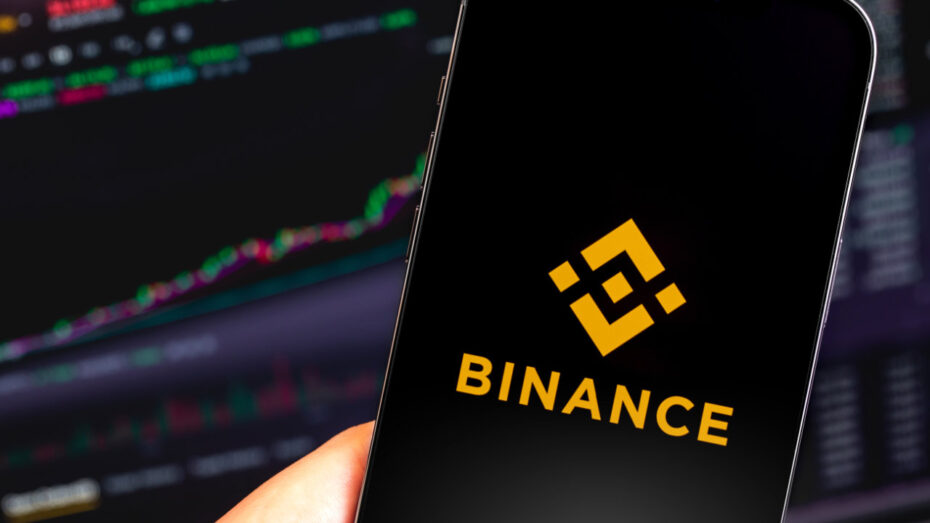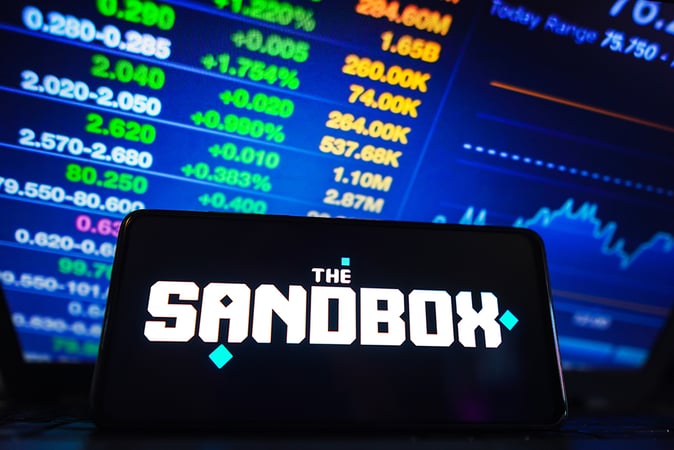In an interview with Tony Edwards of Thinking Crypto, Matthew Sigel, Head of Digital Assets Research at VanEck, explained the firm’s decision to file for a spot Solana-based Exchange Traded Fund (ETF) rather than one based on XRP. VanEck, a pioneering investment management firm in the US, has chosen to back Solana due to its comparable blockchain characteristics with Ethereum and its decentralized nature.
Solana Is Like Ethereum
Sigel explained the technical and regulatory parallels between Solana and Ethereum that influenced VanEck’s filing strategy. “When we looked at our Ethereum filing and examined the language around decentralization and characteristics of the blockchain, and then refreshed our deep dive on Solana, we concluded that the ETH and SOL assets at this point are fundamentally the same—that no single entity controls more than 20% of the Solana outstanding nor can they halt the chain unilaterally,” Sigel explained.
This decentralization is a crucial aspect, as the SEC has often highlighted the importance of a lack of centralized control in its assessments of crypto assets. By aligning Solana closely with Ethereum in these respects, VanEck aims to position the Solana ETF as a viable commodity, similar to Ethereum, in the eyes of regulators.
Discussing the absence of a significant regulated futures market for Solana—an often cited requisite for ETF approval—Sigel expressed optimism based on analogies with other markets. “Frankly, we think that the focus on that regulated market of significant size—the Futures Market—is a gentler scope. There are other ETFs in the market without a futures market of significant size like power, shipping, and uranium markets, where the futures market is just immaterial to the price formation in those markets,” he stated.
Sigel suggested that such precedents could pave the way for a spot Solana ETF, though he conceded that approval might be easier under a different SEC chair, hinting at potential regulatory changes post-US elections.
Sigel also commented on the broader regulatory environment, particularly the ongoing legal challenges between the SEC and various crypto companies, including high-profile cases involving Coinbase and Ripple. He described the situation as “schizophrenic” due to conflicting outcomes in recent court decisions.
For instance, federal judges have recently ruled that secondary sales of certain crypto assets like XRP or BNB do not constitute securities transactions and do not fit under the Howey test. “The XRP and BNB ruling are very positive for the Coinbase suit,” Sigel asserted, suggesting that these precedents could influence the outcome of other ongoing legal battles involving crypto assets.
Why No Spot XRP ETF?
When probed about the prospect of launching an ETF based on XRP, Sigel was notably cautious. He outlined the complex layers of decision-making that influence the introduction of new ETFs in the crypto sector.
“In order to bring an ETF to market, you have to have several different stakeholders on board,” Sigel explained, emphasizing the necessity of alignment among regulators, issuers, market infrastructure providers, and end consumers. “You have to have counterparties like exchanges, market makers, custodians who also rally behind the asset and then you have to be able to find customers who want to buy it,” Sigel stated.
For XRP, Sigel identified significant obstacles in two key areas: internal conviction and customer demand. “When we think about XRP, we’re missing a few of them: internal conviction and customer demand. So I’d say that one is less likely,” he remarked.
Looking ahead, Sigel hinted at broader ambitions for crypto ETFs, referencing VanEck’s existing products in Europe. “If you look at our ETF lineup in Europe, we have a top crypto product which is the top five assets and then we have a smart contract leaders ETF which is top five layer-ones,” he noted. This indicates a strategic roadmap for potentially introducing similar products in the US, contingent on regulatory approval and market conditions.
“It really is going to require clarity around first and foremost that the SOL ETF. Can we get it to the market and then I think issuers will try with the other proof of stake coins and then, you know, the building blocks will be put together and someone will do a top 5 [or] top 3 [ETF].
At press time, SOL traded at $142.

Featured image from YouTube, chart from TradingView.com















